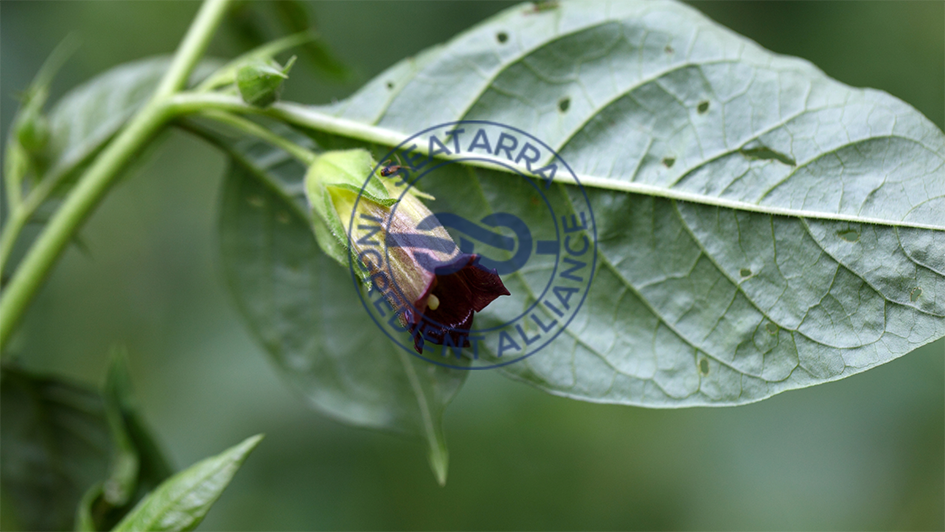
The Science of Plant Healing: How Botanicals Work to Restore Health
The use of botanicals in healing, known as phytotherapy, has roots that extend deep into human history. Across every culture and continent, plants have been harnessed for their medicinal properties. Today, the science of plant healing is a fascinating field that combines ancient wisdom with modern scientific methods to understand how botanicals work to restore and maintain health. This exploration delves into the mechanisms behind plant healing, highlighting key concepts in the pharmacology of herbs and the ways in which they can effectively be used to treat and prevent disease.
Understanding Phytochemistry
At the heart of plant healing is phytochemistry, the study of chemicals derived from plants. These natural products, or phytochemicals, are often bioactive compounds that serve various functions in human health, such as antioxidants, anti-inflammatories, and antimicrobials.
- Active Compounds: Many plants contain a range of active compounds that contribute to their healing properties. For example, the curcuminoids in turmeric are potent anti-inflammatories, while ginsenosides in ginseng offer adaptogenic properties that help the body cope with stress.
- Synergy: Unlike pharmaceutical drugs, which typically contain single active ingredients, plant medicines contain multiple constituents that often work synergistically. This synergy can enhance their effectiveness and reduce the risk of side effects.
Mechanisms of Action
Plants impact human health through several mechanisms:
- Antioxidant Action: Many diseases, including some types of cancer and heart disease, are associated with oxidative stress caused by free radicals. Antioxidants in plants like blueberries and green tea neutralize free radicals, preventing cellular damage.
- Anti-inflammatory Effects: Chronic inflammation is a root cause of many diseases such as arthritis, heart disease, and Alzheimer’s. Herbs like ginger and rosemary contain compounds that modulate the body’s inflammatory processes.
- Hormonal Effects: Some plants, such as ashwagandha and black cohosh, can influence hormonal balance, providing relief from symptoms of menopause, stress, and thyroid issues.
- Antimicrobial Properties: Many traditional healing plants, including garlic and echinacea, have natural antibiotic properties that can combat bacterial, viral, and fungal infections.
Clinical Studies and Evidence
While traditional use provides valuable insights into the potential benefits of plants, rigorous scientific studies are essential to validate their efficacy and safety. Clinical trials, observational studies, and in vitro research contribute to understanding how plants work at a molecular level and their potential applications in modern medicine.
- Standardization and Dosage: One challenge in herbal medicine is the standardization of products to ensure consistent quality and efficacy. Research helps to determine optimal dosages and preparations.
- Drug Interactions: Studies also focus on how botanicals interact with conventional drugs, which is critical for safe use, especially among those with chronic conditions who may be taking multiple medications.
Practical Applications in Health Care
The application of plant-based medicine can be broad and varied:
- Dietary Supplements: Many herbs are available as supplements, which can be a convenient way to enhance diet and manage conditions.
- Topical Applications: For skin conditions, burns, and wound healing, topical applications of herbal preparations like creams, salves, and oils are beneficial.
- Aromatherapy: Essential oils derived from plants like lavender and peppermint are used in aromatherapy to reduce stress, alleviate pain, and enhance mood.
Herbs for Common Conditions
Some herbs have become well-known for their specific health benefits:
- St. John’s Wort: Widely used for the treatment of mild to moderate depression, with numerous studies supporting its efficacy.
- Milk Thistle: Known for its beneficial effects on liver health, milk thistle is used to treat liver conditions and detoxify the body.
- Peppermint Oil: Used in the treatment of gastrointestinal issues such as IBS, peppermint oil helps to relax the muscles of the digestive tract.
Building an Integrative Approach
Integrating botanicals into health care does not mean rejecting conventional medicine but rather using the best of both worlds to enhance health outcomes. This integrative approach can offer more comprehensive care by combining the targeted effects of pharmaceuticals with the holistic benefits of herbal medicine.
Conclusion
The science of plant healing is a dynamic and growing field that offers exciting possibilities for enhancing health naturally. As research continues to uncover how botanicals work at the molecular level, the integration of these natural healers into modern medical practices promises to advance. By understanding and harnessing the potent properties of plants, we can continue to develop safe, effective, and holistic treatment options that not only cure diseases but also promote overall health and well-being. Whether used alone or in conjunction with other treatments, botanicals have a crucial role to play in the future of medicine.



